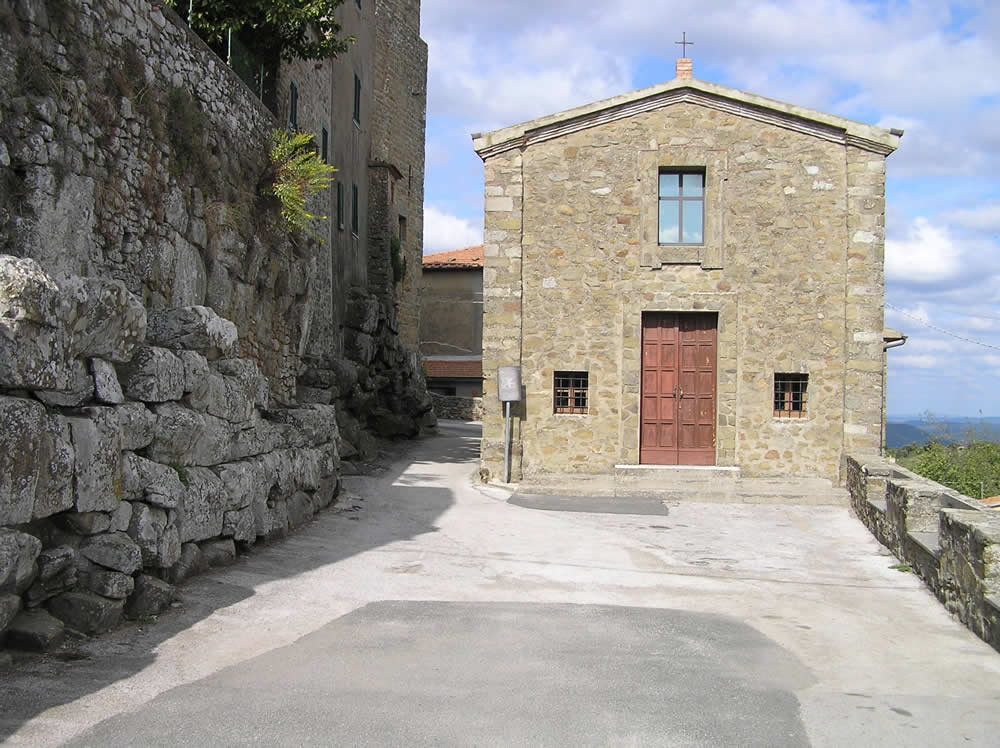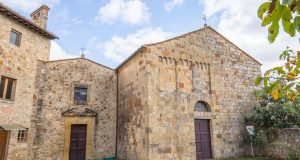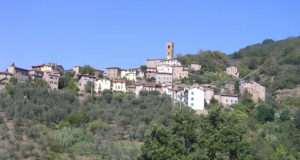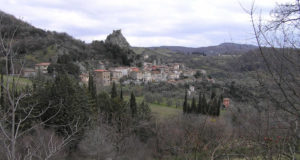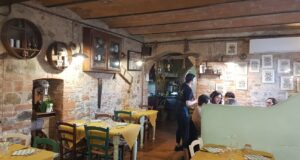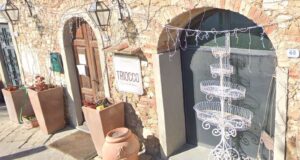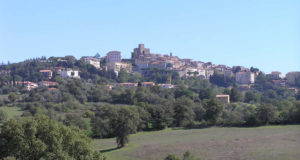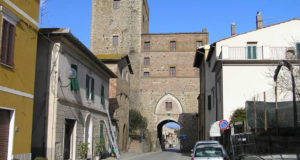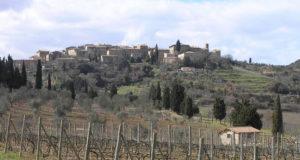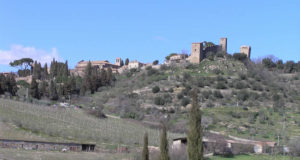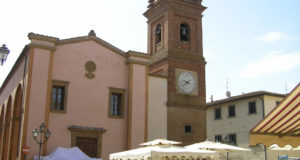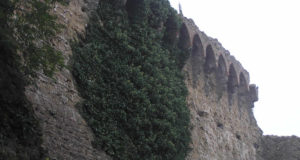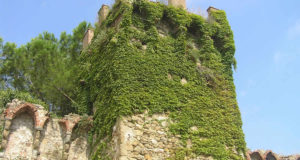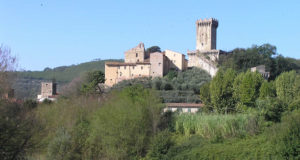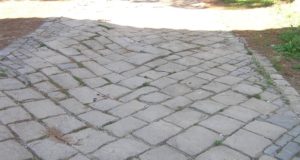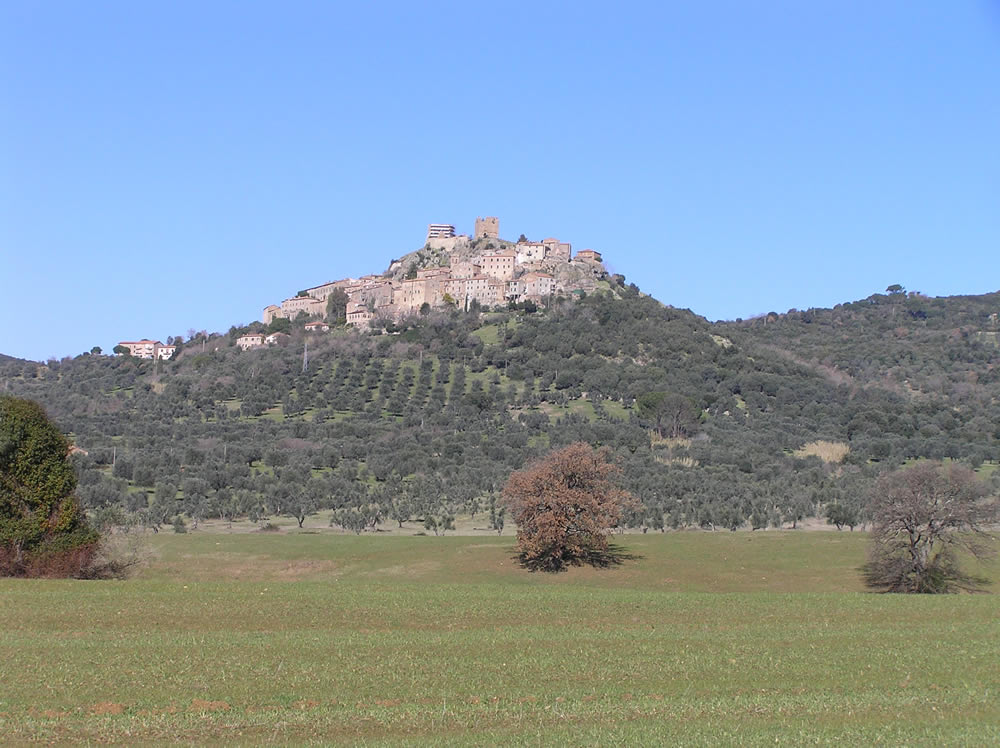The town of Castelfiorentino is located in the southern part of the Florentine province. Castelfiorentino extends on a hill along the Via Francigena on the ruins of a Roman settlement and is made up of an ancient part and a modern part. The municipal territory is crossed by the river Elsa which flows downstream from the historic center located on a hill 108 meters high. The modern part of Castelfiorentino is located at an altitude of 50 meters above sea level along the river Elsa. The municipality of Castelfiorentino has about 18,000 inhabitants and constitutes an important industrial area along the Elsa valley which connects with the industrial areas of Certaldo, Barberino Val d’Elsa and Poggibonsi.
HISTORY
In the past, Castelfiorentino became a fief of the Tuscan Cadolingi family, later it was owned by the Alberti counts and then belonged to the bishop of Florence from the 12th century. In 1149 the Florentines gave the town its current name. Castelfiorentino was closely involved in the numerous conflicts between Siena and Florence, becoming the latter’s main outpost and podesta office. In 1521 it was the scene of devastation and fighting by Spanish militias.
Among the architectural highlights of the town we find some religious buildings such as the sanctuary of Santa Verdiana, a building from the early eighteenth century, one of the few examples of Baroque in the area. The interior of the church, the work of G. B. Foggini, has three naves with a frescoed vault, the domes of the church are also frescoed. Next to the church is the Museum of Santa Verdiana where there are some important paintings by Cimabue (the panel of the Madonna and Child (1283-1285) in which Giotto probably also collaborated), by Taddeo Gaddi (Madonna and Child) and by Taddeo di Bartolo, as well as some illuminated manuscripts from the 14th century.
THE BENOZZO GOZZOLI MUSEUM
Of extreme interest is the visit, near the railway station, of the BEGO-Museo Benozzo Gozzoli museum, a modern building where two cycles of frescoes by Benozzo Gozzoli are exhibited, detached from the Tabernacle of the Visitation in Castelfiorentino and from the Chapel of the Madonna della Cough in Castelnuovo d’Elsa.
In the lower part of the town, in Piazza Gramsci, is the Teatro del Popolo (19th century), along Via Palestro are the Palazzo dell’Arciconfraternita della Misericordia (1930) and the church of San Francesco, a Gothic-style building dating back to the 13th century. century. In the old part of the town is the Collegiate church of Santi Lorenzo e Leonardo, a terracotta building that dates back to the 13th century. On the top of the hill stands the parish church of Santi Ippolito e Biagio built at the end of the 12th century, the single-nave church has a terracotta facade and ceramic decorations. Behind the church are the remains of a section of castle walls and two towers.
 Borghi di Toscana Guida ai borghi e ai paesaggi della Toscana
Borghi di Toscana Guida ai borghi e ai paesaggi della Toscana
